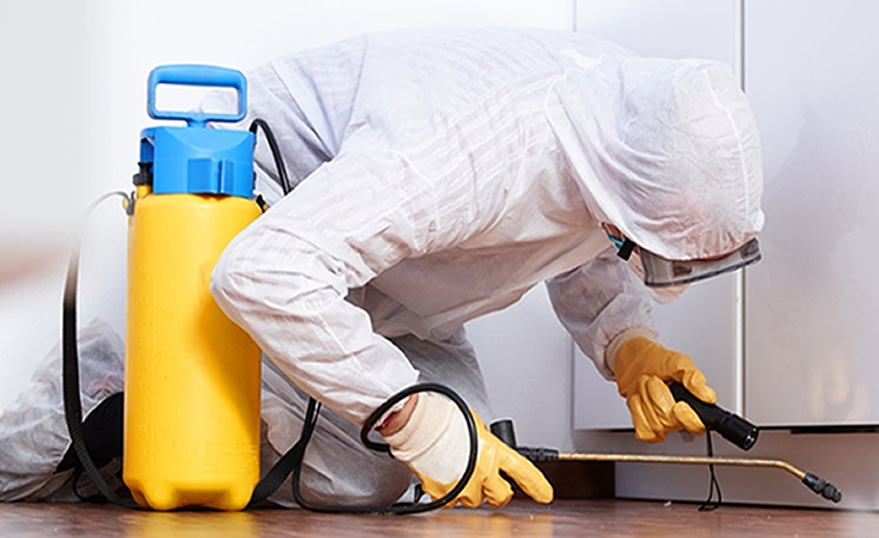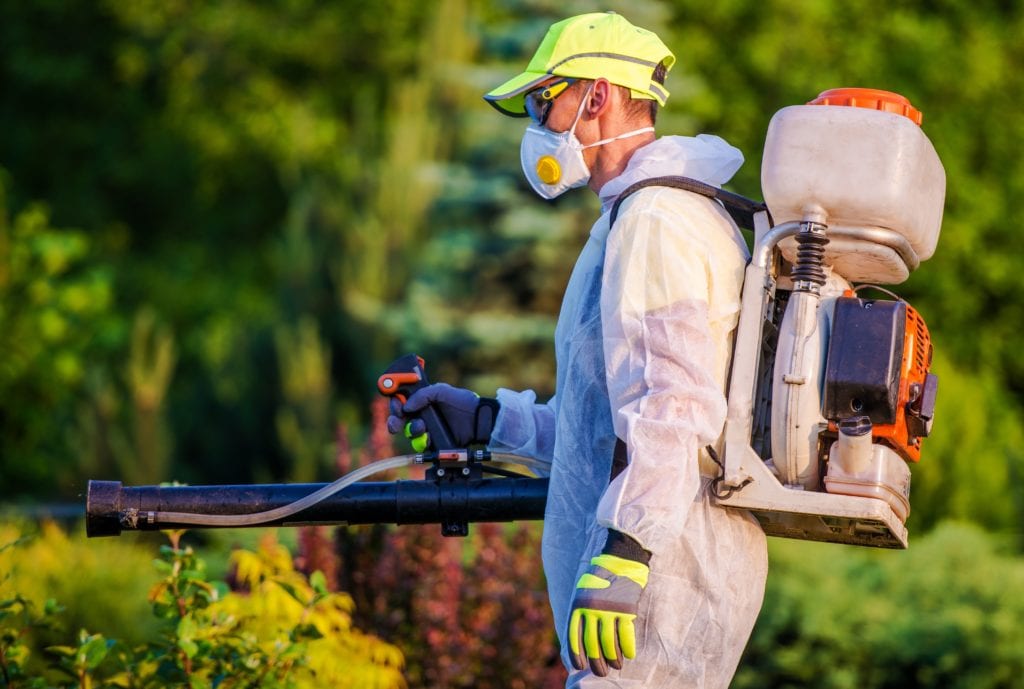Reliable Bed Bug Treatment: Remove Infestations Securely!
Reliable Bed Bug Treatment: Remove Infestations Securely!
Blog Article
Specialist Parasite Control Techniques for Long-Term Outcomes
In the realm of parasite control, attaining continual efficiency and long-term results requires a meticulous technique that goes beyond plain extermination. Professional bug control strategies envelop an extensive method that starts with a detailed evaluation and evaluation, adhered to by precise pest identification to understand their actions patterns. The implementation of Integrated Pest Monitoring (IPM) concepts, coupled with eco-conscious treatments, forms the foundation of sustainable insect obliteration. The real test exists in the continuous tracking and maintenance of the treated locations, making certain a pest-free setting for the direct future. By delving into the ins and outs of these techniques, a deeper understanding of specialist pest control approaches for sustaining outcomes arises.
Assessment and Assessment
Upon getting in a residential or commercial property for pest control services, the preliminary step is a comprehensive evaluation and evaluation to recognize the level of the problem and identify the most efficient treatment plan. Expert insect control professionals are trained to meticulously check out the properties, looking for indicators of bug activity such as droppings, chomp marks, nests, or any type of architectural damages. They will certainly likewise evaluate the conditions that might be drawing in bugs, such as food resources, water leaks, or access points.

Insect Identification and Habits

In addition, recognizing the behavior of the determined pest is vital to implementing effective control steps. As an example, knowing where bugs nest, what they feed upon, and their task patterns can aid pest control professionals develop methods to remove them efficiently. Some pests may be nighttime, while others are much more active throughout the day. This knowledge permits for the application of therapies at ideal times for maximum efficiency.
Integrated Insect Management (IPM)
Integrated Pest Monitoring (IPM) strategies integrate multiple techniques to manage and avoid pest invasions in a sustainable and ecologically pleasant manner. bed bug treatment. By integrating techniques such as biological control, environment control, alteration of social methods, and the use of resistant ranges, IPM aims to decrease using chemical pesticides
Among the key concepts of IPM is the emphasis on avoidance. This positive method entails surveillance insect populaces on a regular basis to spot any kind of prospective concerns prior to they escalate. By identifying insect issues early on, pest control actions can be carried out swiftly and efficiently.
In addition, IPM advertises the use of safe insect control techniques whenever feasible. This can include using natural predators of the pests, presenting useful bugs, or making use of scents to interfere with breeding patterns. By reducing reliance on chemical pesticides, IPM not only safeguards the setting however additionally helps maintain a balance in the environment.
Environmentally-Friendly Therapies
Implementing eco-conscious techniques in insect control procedures can effectively attend to problems while focusing on environmental sustainability. Environmentally-friendly therapies concentrate on lessening the effect of pest control methods on ecosystems, non-target organisms, and human health. These techniques typically involve the usage of natural predators, such as ladybugs or nematodes, to regulate pest populations, lowering the requirement for chemical treatments. In addition, methods like habitat adjustment, such as adjusting wetness levels or getting rid of food resources, can aid deter pests without the usage of harmful compounds.
Another key facet of environmentally-friendly treatments is using organic and eco-friendly items that break down swiftly without leaving harmful residues in the environment. Agricultural pesticides originated from plants like chrysanthemums or neem provide reliable pest control while posturing very little danger to non-target varieties. Using methods like warm treatments or scent catches can target specific parasites with precision, pest control services cost decreasing the useful site overall ecological effect of bug control techniques.
Recurring Tracking and Maintenance
Constant monitoring and upkeep are crucial components of efficient bug control management. Ongoing tracking plays a critical function in making sure that parasite invasions are discovered very early and managed without delay. Routine assessments by trained specialists are essential to recognize any type of indicators of bug activity, assess the effectiveness of previous treatments, and make adjustments to the parasite control plan as needed. By checking insect populaces in time, parasite control professionals can track fads, anticipate prospective issues, and carry out preventive measures to decrease the risk of future infestations.
In addition to surveillance, upkeep techniques are essential for lasting parasite control success. This consists of executing correct sanitation procedures to get rid of prospective food and water sources for pests, sealing access indicate protect against bugs from entering the properties, and resolving any type of structural problems that could assist in bug problems (bed bug treatment). By including recurring surveillance and maintenance right into an incorporated bug monitoring strategy, services can guarantee a pest-free environment and protect their residential property versus pricey damage and health and wellness dangers
Conclusion
In final thought, using expert bug control methods such as extensive examination and assessment, precise bug recognition and understanding of their actions, incorporated insect monitoring strategies, environmentally-friendly therapies, and continuous surveillance and maintenance are important for attaining lasting outcomes in pest control. By implementing these methods, people flying termites can properly handle insect problems and keep a pest-free environment in a sustainable manner.
Report this page